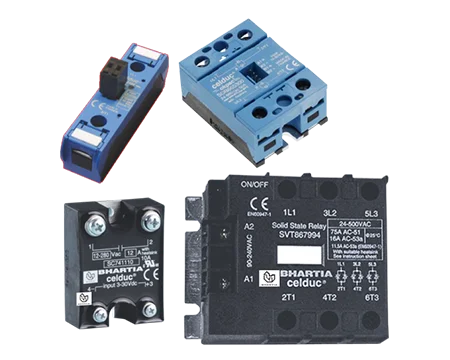

Introduction of Solid State Relay
The Solid State Relay (SSR) is an electronic switching device that is activated by applying an external voltage across its terminals. By applying a low voltage to the control terminals of Solid State Relays (SSRs), they can generally switch high-voltage circuits on and off.
The Solid State Relay (SSR) does not have moving parts, making it more reliable than a mechanical relay. When a programmable logic controller (PLC) or microprocessor produces control signals, Solid State Relay are typically used to control AC or DC loads. In addition to industrial controls, lighting controls, HVAC, process controls, and other applications requiring high voltages or currents, they are also used for switching high voltages and currents. Rather than using moving components to control input-to-output actions, solid-state semiconductors use their electrical and optical properties.
Wishlist
Wishlist is empty.
Wishlist
Compare
Your cart is empty.
Return to shop +91-9818376733
+91-9818376733
